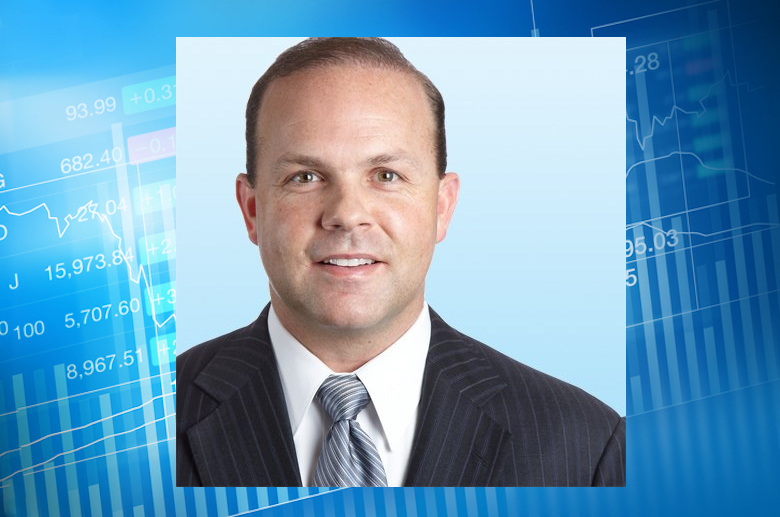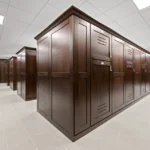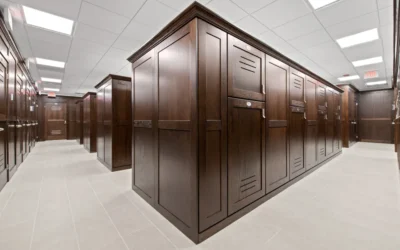Self-storage valuations are on the rise as the sector gains favor with investors amid several years of strong, solid growth.
“People are looking for places to put their money and out of all asset classes self storage has been the most profitable,” says Jeff Shouse, executive managing director of Collier’s Valuation & Advisory Services.
Increasing interest in self-storage assets has led to a well spring of business for appraisers that specialize in the property type, such as Shouse and his team.
Apprasials needed
Colliers completed more than 900 valuation assignments in 2015, Shouse said, and expects to do a similar number this year.
“2015 was one of our biggest years,” he said. “I think a lot of that had to do with lower interest rates for owners wanting to refinance. There were a lot of acquisitions in the market, especially portfolio sales. Lucky for us, whether it is for acquisition or refinance or estate tax planning purposes, we get to do all of those appraisals.”
Colliers added ten professionals to its national team over the past two years, bringing the group to about 25.
“The goal for our team is to provide a larger footprint throughout the country in order to serve local and regional clients,” Shouse said. “We will continue to train and add professionals as markets dictate.”
Appreciating assets
Christian Sonne, executive vice president of CBRE’s Self Storage Valuation Group, said CBRE’s group expects to do more than 1,000 valuations this year. The group has 42 team members with six brokers who have already sold more than $200 million in self storage this year.
The demand for valuations is related, in part, to large amounts of debt coming due on 10-year-old CMBS, Sonne said, and the desire of owners to refinance.
“We are very, very busy,” Sonne said. “The market is very robust. Pricing continues to appreciate because revenue continues to rise at about three to five percent a year but for large, national operators it can be six to 10 percent. Cap rates continue to compress, although very slowly, which causes the upward pressure on values.”
Soaring returns lift sector
The five-year average return on self-storage REITS was 24.4 percent and the 10-year average return was 17.8 percent, according to the National Association of Real Estate Investment Trusts. The next closest asset class was multifamily, which had 20.6 percent and 13.7 percent returns.
“Whether you want to buy properties because interest rates are so low or you want to sell them because cap rates are so low, I think there is a good demand in the market to do both right now,” Shouse said.
Rental rates have climbed three percent to five percent per year over the past four to five years while vacancies have consistently declined and capitalization rates have compressed.
“I would say the industry is extremely healthy right now and most facilities have seen a nice increase in value,” Shouse said, “If a good quality asset goes onto the market and it’s priced reasonably, you’ll have people fighting over it.”
Still fuel in the tank
Equity is widely available at favorable terms and includes a variety of new players with more than $1 billion of equity chasing self-storage deals. As a result, deals are competitive and expensive, pushing up pricing.
“I don’t think there is irrational exhuberance — yet — because cap rates are still above interest rates and there are still a lot of positive metrics,” Sonne said.
While there are some rumblings of concern about a recession on the horizon in 2017 or 2018, self-storage experts don’t appear overly concerned at this point.
“It’s been an incredible run in storage, and I think it still has some legs to it,” Sonne said, “even if there is a recession.”
Demand is highest in the top 50 metropolitan statistical areas, but regional players and even some big players are looking at secondary locations because supply in the major metros isn’t available.
New supply is coming
The lack of existing facilities for sale in core markets has helped drive a wave of new construction.
Construction likely will be double what it was last year, with about 600 facilities in the pipeline, up from 300 in 2015. A whopping 900 new facilities are expected to be built in 2017 — the most the country has seen in 10 years.
About 500 facilities a year is equilibrium, but the industry hasn’t built that many since the late 2000s so it’s now playing catch-up, Sonne said.
“I think most of this will be absorbed, it is very trade-area specific, but it’s not like it’s a shock of new supply that will disrupt market fundamentals,” Sonne said.









